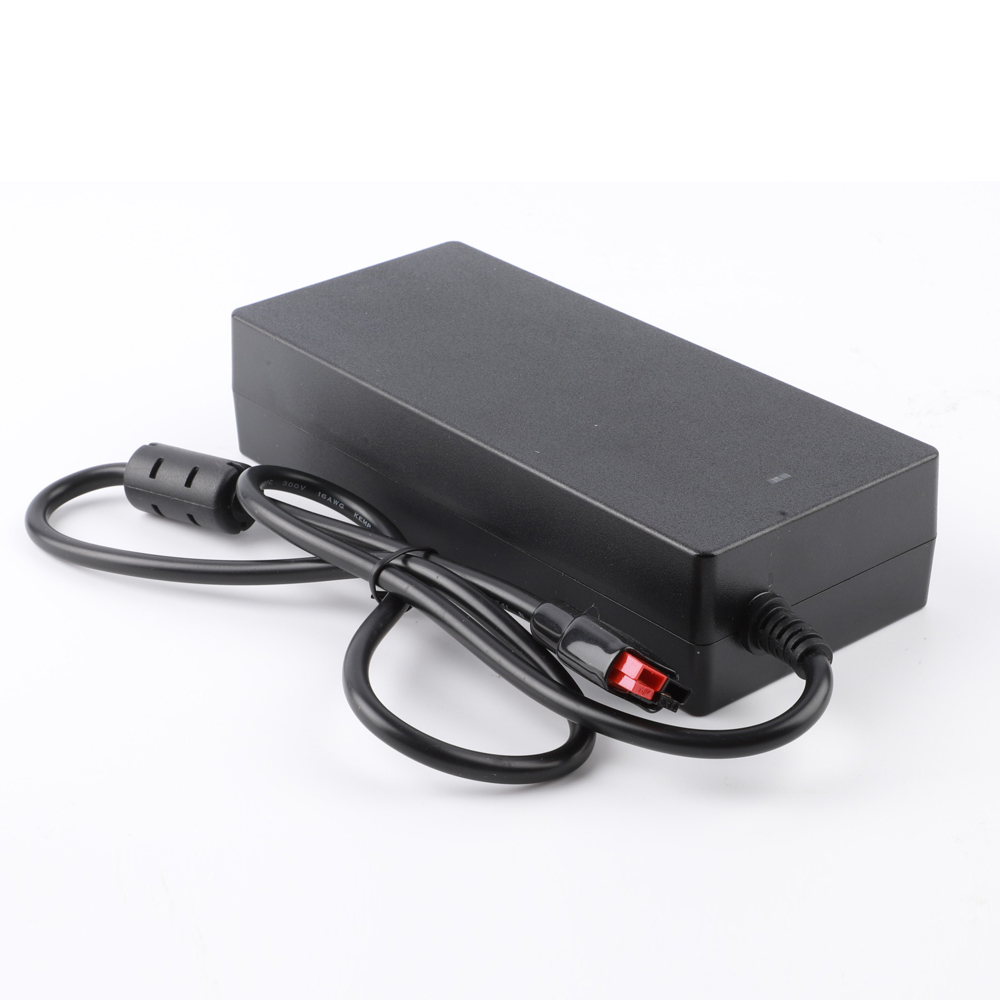Blog
How to select power adapter acoording to demand
Views : 811
Update time : 2023-05-22 14:20:21
With the increasing functions of intelligent devices, their power consumption has also become faster and faster. People have become used to carrying portable chargers or power adapters. For many people, the concept of a power adapter only stays at the charging stage, so what is a power adapter? In fact, a power adapter is a kind of transformer, which is widely used in chargers. For those who are not familiar with the power adapter, often need to face is, which power adapter to use for charging.
The parameters of power adapters are various, so they can not be used for charging at will. Before selecting a power adapter, three adapter conditions must be determined first.
First, the adapter interface must match the device;
Second, the output voltage must be the same as the rated input voltage of the load (mobile device), or within the voltage range that the load (mobile device) can bear, otherwise, the load (mobile device) may be burned;
Third, the output current of the power adapert should be equal to or greater than the current of the load (mobile device) to provide enough power.

Now let's analyze the above three adapter conditions.
First, do not plug in randomly without professional knowledge, otherwise it will be dangerous.
Second, for why voltage must be the same, from the principle point of view, it is such -- not enough voltage to drive the load, the battery can not be charged normally, simply speaking, supply and demand do not meet.
Third, for why such current configuration is needed, it involves the principle of circuit. We all know that the power supply has internal resistance, and the bigger the internal resistance, the higher the loss. Therefore, when manufacturers produce this adapter, they will determine the no-load output voltage within a certain range according to the size of the internal resistance, and the critical voltage corresponding to the critical current is the nominal current value that we can see. The larger the nominal current value, the better the carrying capacity of the adapter. So, choosing an adapter with slightly larger current will not only not harm the battery, but also make charging faster.
The parameters of power adapters are various, so they can not be used for charging at will. Before selecting a power adapter, three adapter conditions must be determined first.
First, the adapter interface must match the device;
Second, the output voltage must be the same as the rated input voltage of the load (mobile device), or within the voltage range that the load (mobile device) can bear, otherwise, the load (mobile device) may be burned;
Third, the output current of the power adapert should be equal to or greater than the current of the load (mobile device) to provide enough power.

Now let's analyze the above three adapter conditions.
First, do not plug in randomly without professional knowledge, otherwise it will be dangerous.
Second, for why voltage must be the same, from the principle point of view, it is such -- not enough voltage to drive the load, the battery can not be charged normally, simply speaking, supply and demand do not meet.
Third, for why such current configuration is needed, it involves the principle of circuit. We all know that the power supply has internal resistance, and the bigger the internal resistance, the higher the loss. Therefore, when manufacturers produce this adapter, they will determine the no-load output voltage within a certain range according to the size of the internal resistance, and the critical voltage corresponding to the critical current is the nominal current value that we can see. The larger the nominal current value, the better the carrying capacity of the adapter. So, choosing an adapter with slightly larger current will not only not harm the battery, but also make charging faster.


